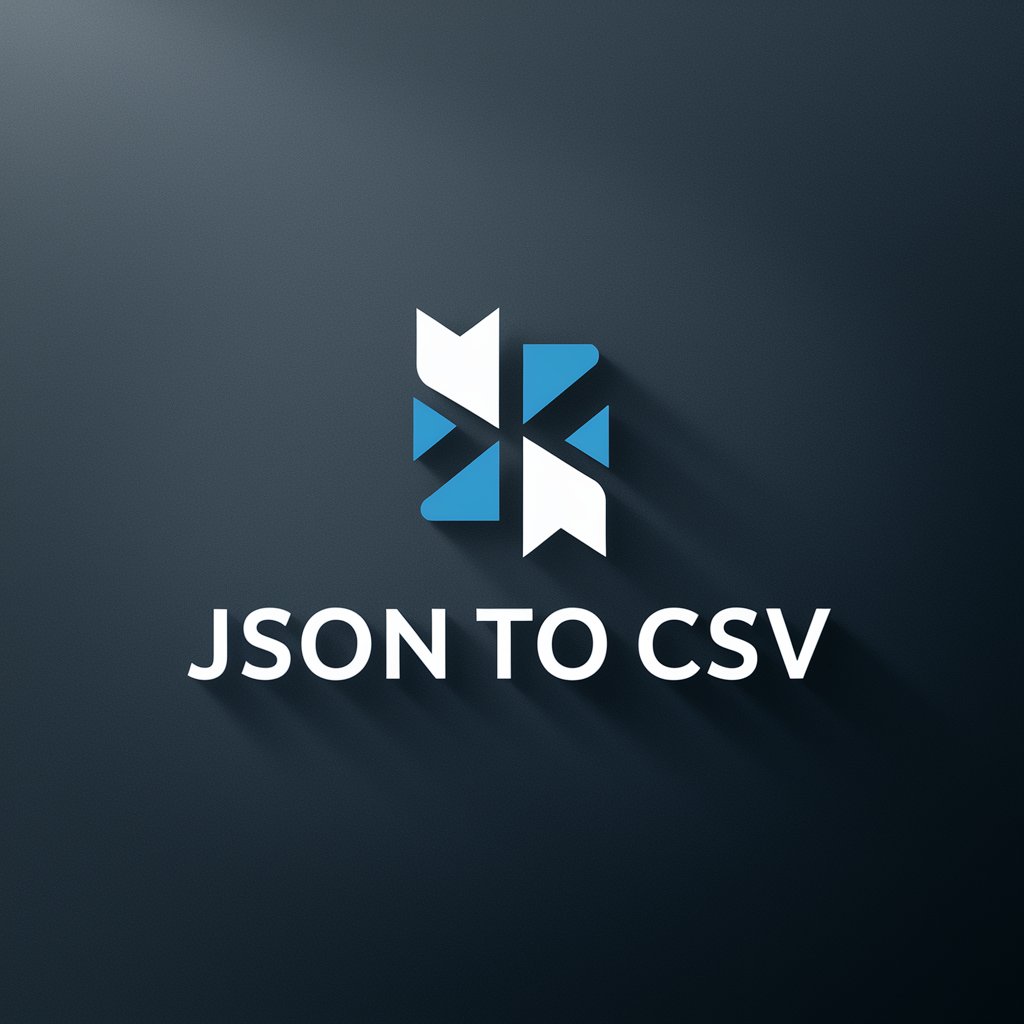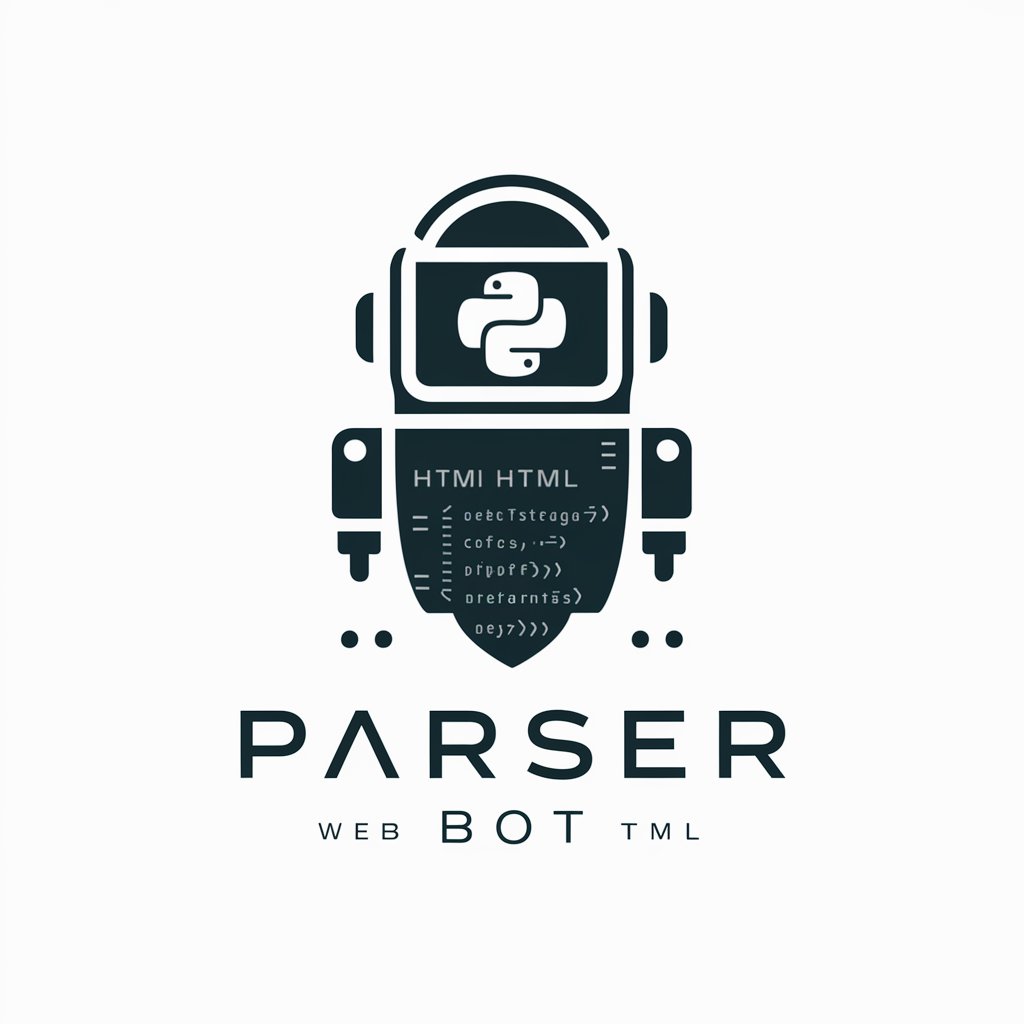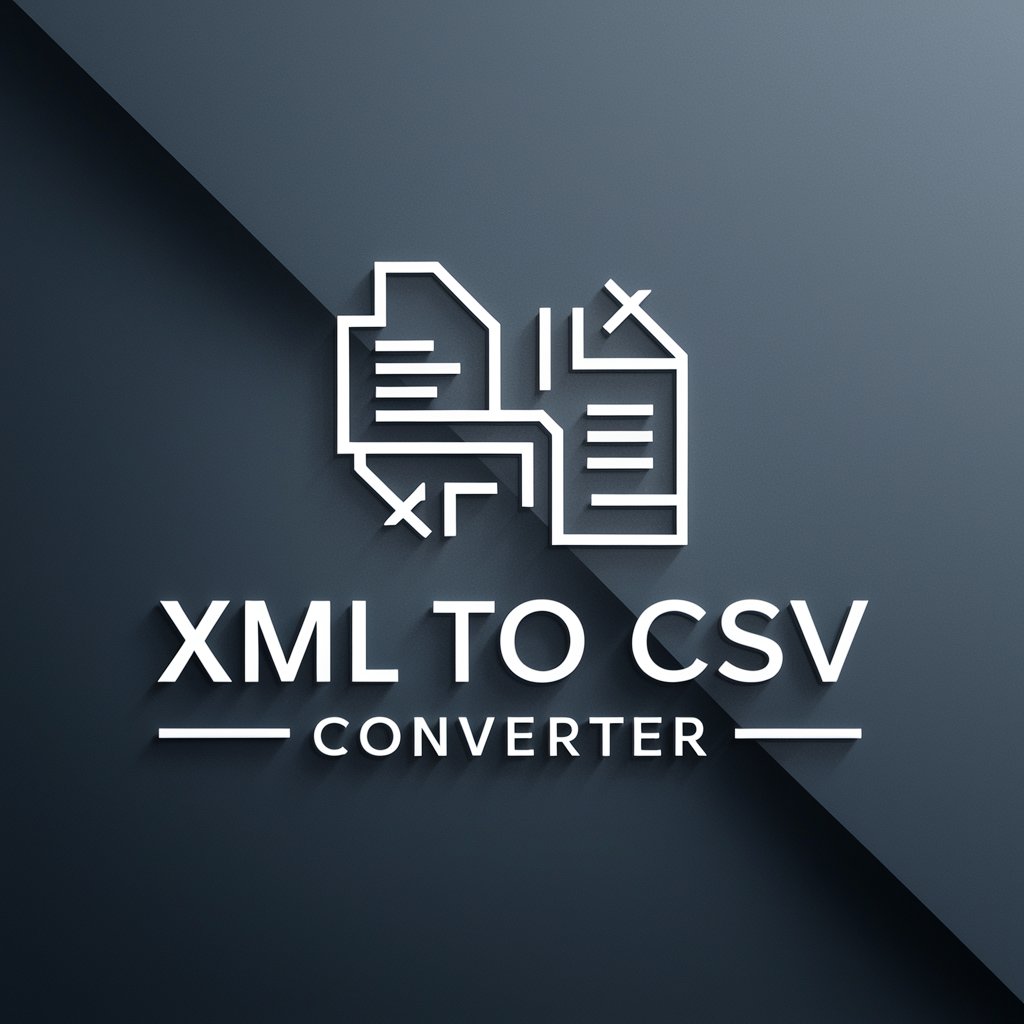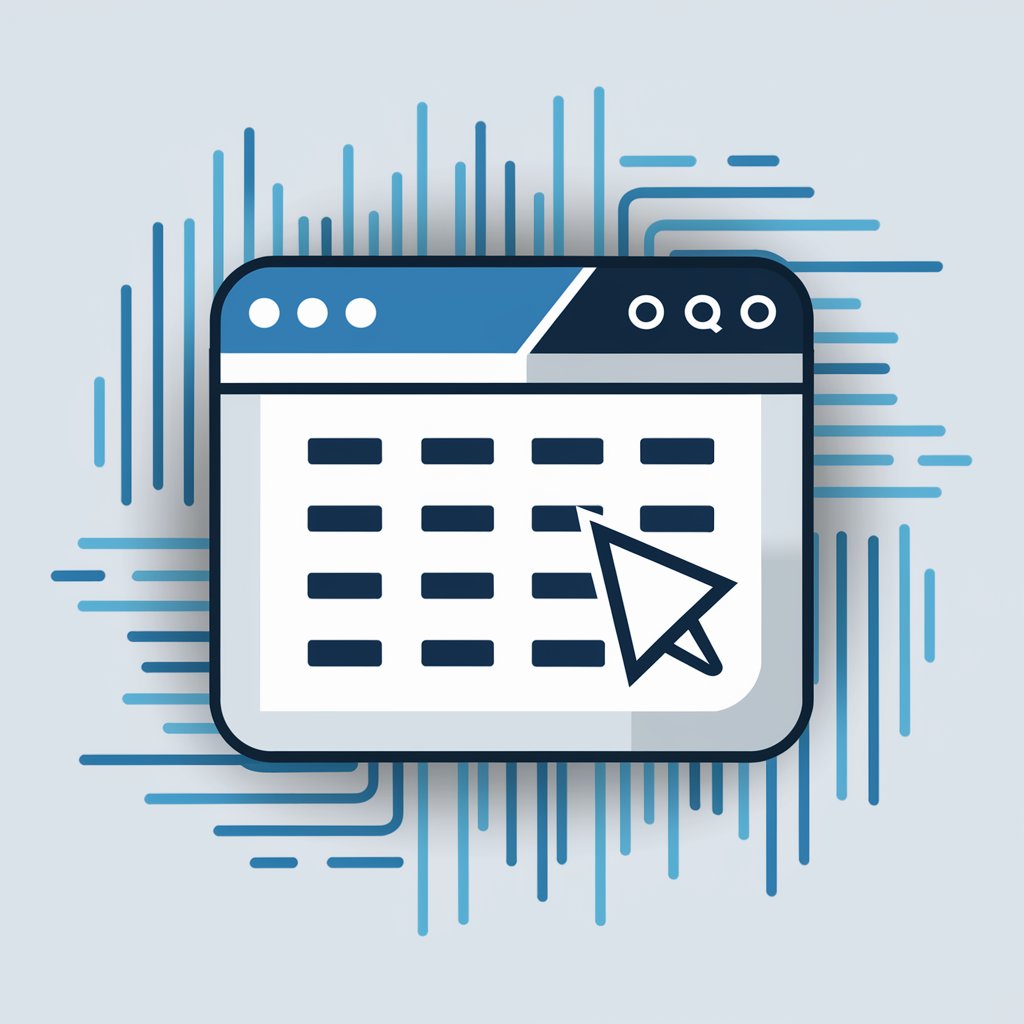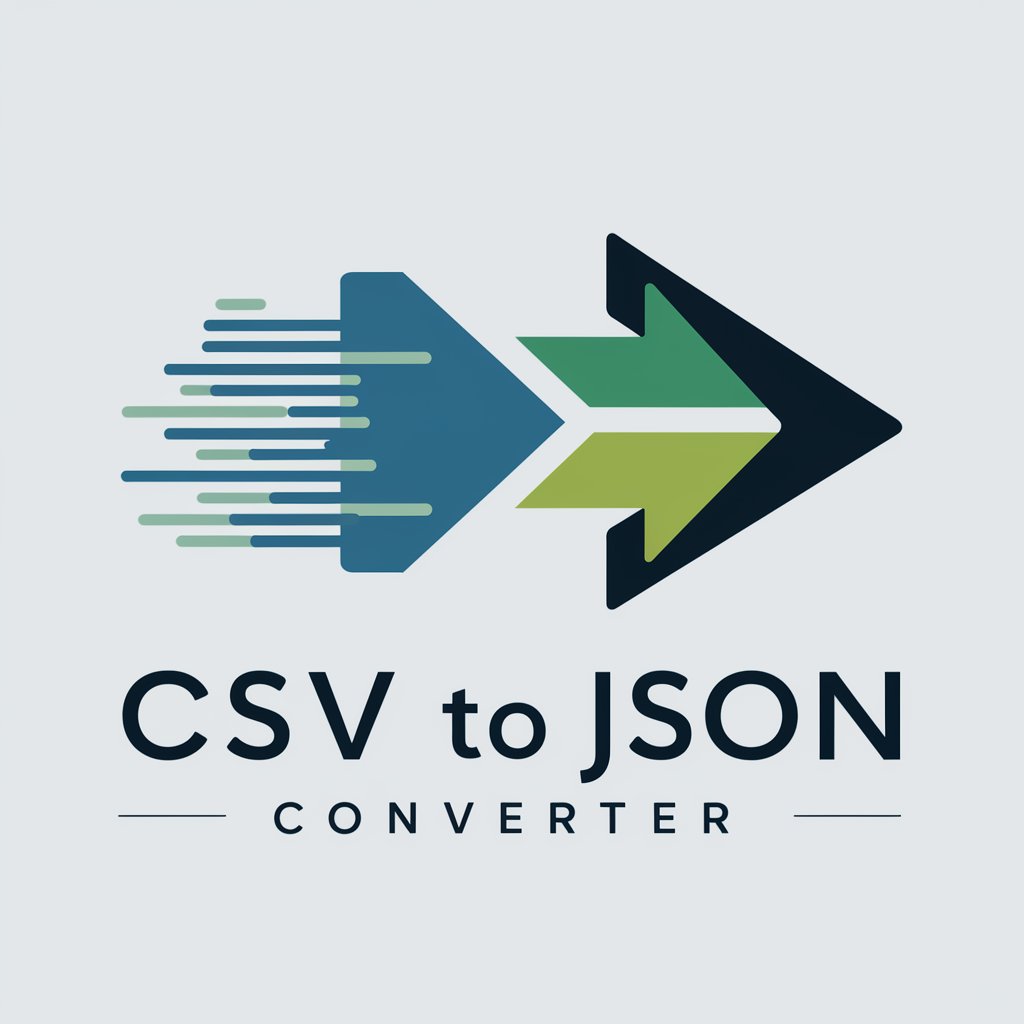
Parse URL/HTML to JSON, XML or CSV - HTML to Structured Data Parser

Transforms web/HTML content into JSON, XML, or CSV.
Transform Web Content Into Actionable Data
Can you convert this page to JSON for me?
How would this article look in XML format?
Show me a CSV conversion of this product listing.
Preview a JSON transformation of this web content.
Get Embed Code
Introduction to Parse URL/HTML to JSON, XML or CSV
Parse URL/HTML to JSON, XML or CSV is designed to extract structured data from web content, such as URLs and HTML files, and convert it into commonly used formats like JSON, XML, or CSV. This tool is essential when dealing with unstructured data from websites, where information needs to be systematically collected, categorized, and made accessible for analysis or further use. By parsing this information, it allows users to automate data collection, handle large datasets, and format them into user-friendly outputs. For example, if a user wants to collect cinema schedules from a website and convert them into JSON for integration into an app, this tool automates the scraping and formatting process. Another example would be a user wanting to transform a list of product prices from an e-commerce site into a CSV file for analysis. Powered by ChatGPT-4o。

Main Functions of Parse URL/HTML to JSON, XML or CSV
HTML Parsing
Example
Extracting movie schedules, titles, and showtimes from a cinema website.
Scenario
A movie theater's website lists films, times, and prices in an unstructured HTML table. By parsing this HTML, the tool extracts the schedule and converts it into a structured JSON format for easy integration into a mobile app or a dynamic website.
URL Scraping
Example
Scraping product data from an e-commerce website into a CSV format.
Scenario
A user wants to monitor the prices of specific products across multiple pages of an e-commerce website. By scraping the URL and parsing the product data into a CSV file, this tool enables the user to track price changes over time in a spreadsheet.
Data Transformation
Example
Converting scraped HTML form responses into XML format.
Scenario
For a business that collects data via web forms, this tool can take the HTML structure of form submissions and automatically convert them into an XML format for storage or integration with other software systems, facilitating easier data processing.
Handling Large Datasets
Example
Segmenting and processing large HTML files for parsing and conversion.
Scenario
A researcher is dealing with massive datasets from web archives. This tool can break the HTML content into manageable sections, parse them in parallel, and reassemble the data in CSV format, ensuring the process is scalable and efficient.
Automation
Example
Automating the daily parsing of weather data from a government website into JSON.
Scenario
A weather tracking application needs updated data every day. The tool is used to automate the process of scraping a government weather website, parsing the HTML data, and converting it into a JSON format, which is then fed into the app's backend for analysis and display.
Ideal Users of Parse URL/HTML to JSON, XML or CSV
Developers
Web and software developers who need to integrate data from websites into applications would greatly benefit from this tool. They can automate the extraction and transformation of web content into structured formats like JSON and XML, streamlining their workflows.
Data Analysts
Data analysts working with large volumes of web-sourced data, such as market research or competitor analysis, can use this tool to automate the extraction and parsing of data into formats like CSV, enabling easier manipulation and analysis.
Business Owners
E-commerce businesses and service providers who want to monitor prices, product listings, or service availability across competitors' websites can automate the scraping and conversion of that data into a format they can analyze, saving time and improving decision-making.
Researchers
Academic and industry researchers who gather and analyze data from web archives or social media platforms can use the tool to parse large datasets into structured formats, facilitating research on trends, behaviors, or other patterns.
Digital Marketers
Digital marketing teams tracking campaign performance or monitoring content from multiple sources can use this tool to collect relevant data and convert it into a format suitable for analysis, enabling better reporting and optimization of their campaigns.

How to Use Parse URL/HTML to JSON, XML, or CSV
Initiate a Trial
Start by visiting yeschat.ai to access a free trial of the tool without needing to log in or subscribe to ChatGPT Plus.
Prepare Data Source
Identify the URL or HTML content that you need to parse. Ensure the content is publicly accessible and its structure is well-defined to maximize parsing accuracy.
Choose Output Format
Select the desired output format (JSON, XML, or CSV) based on your specific needs for data integration, storage, or analysis.
Set Parsing Parameters
Define parameters such as the elements to be extracted, any filters for data, and the hierarchy of the output structure to customize the parsing process.
Execute and Download
Run the parsing process and then download the structured data file. Review the output for accuracy and make adjustments to the parameters if necessary.
Try other advanced and practical GPTs
Vinz
Navigating Your Financial Future

The Omniscient Adaptive Entity
Empowering decisions with AI insights
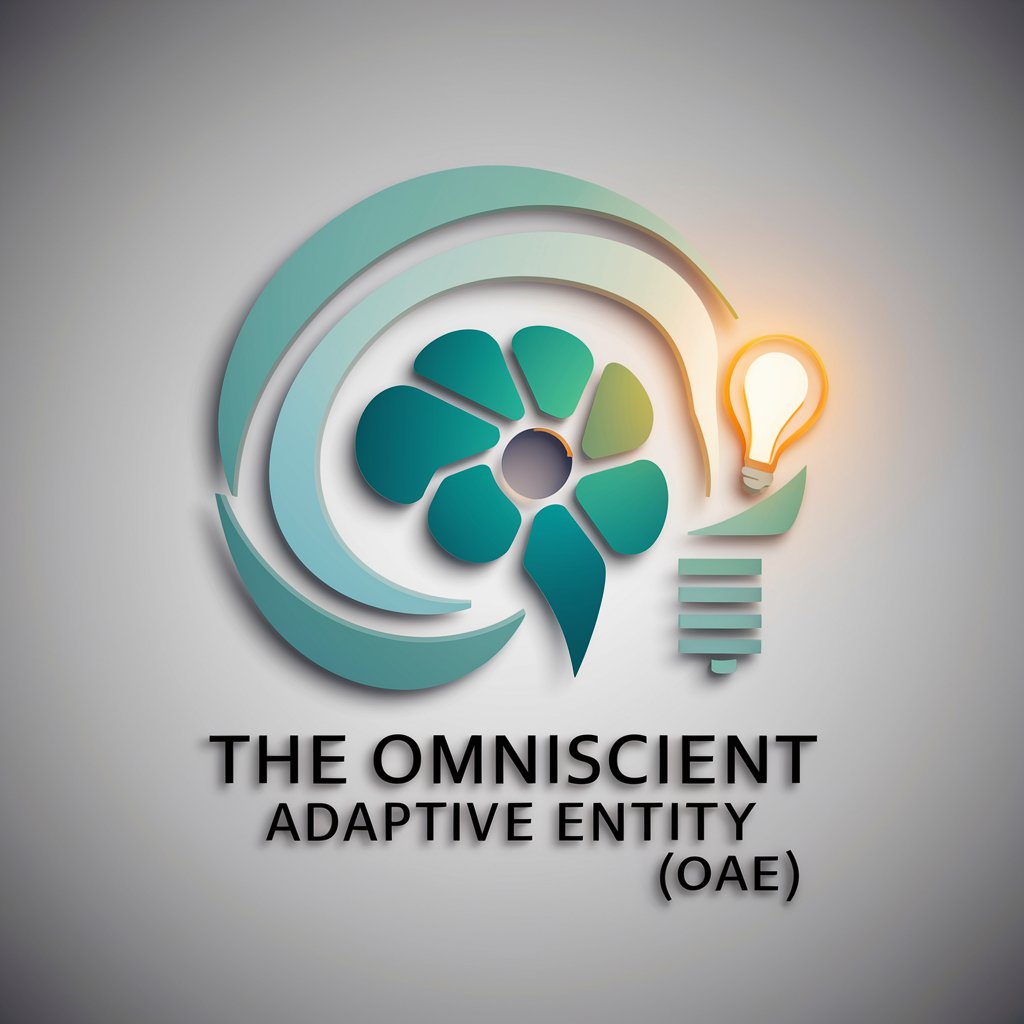
Coda Coach
Empowering Your Coda Workflow
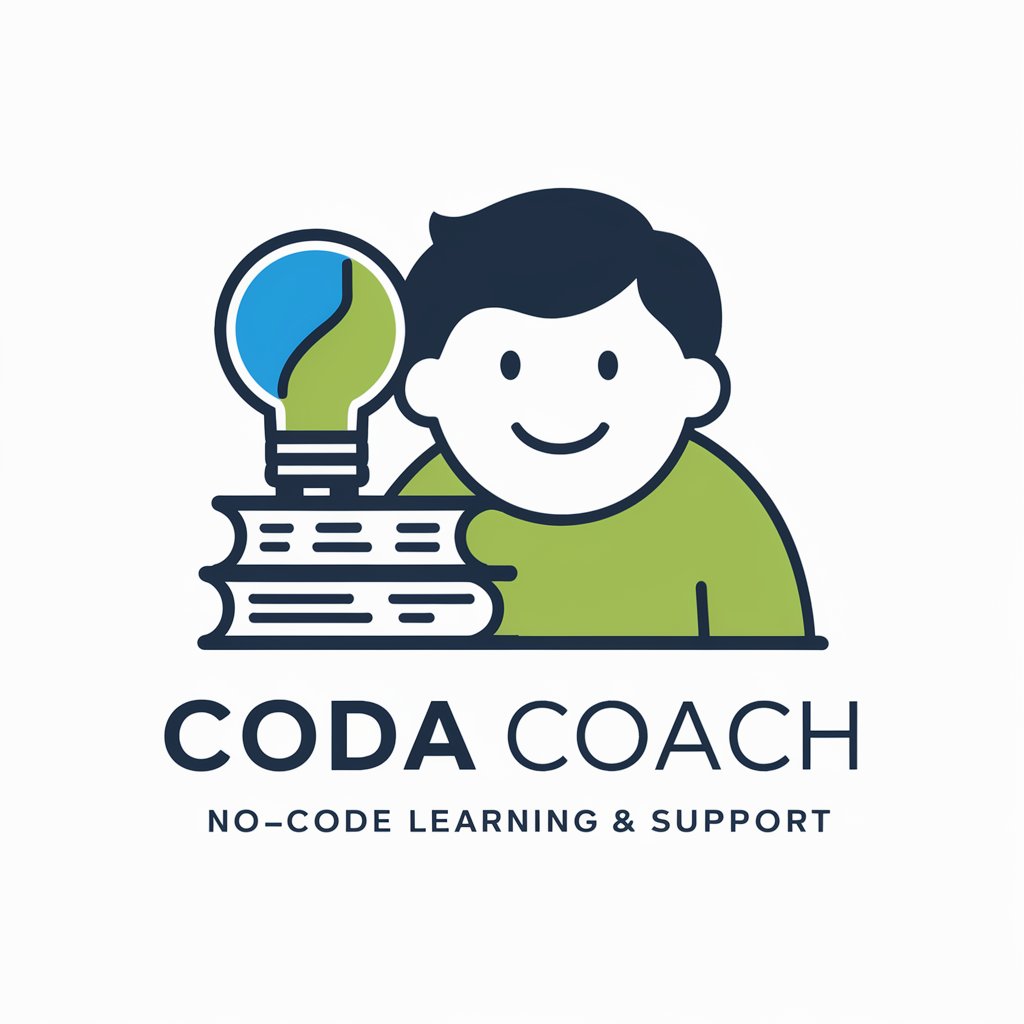
Txyz AI
AI-Powered Scholarly Assistant for In-Depth Content
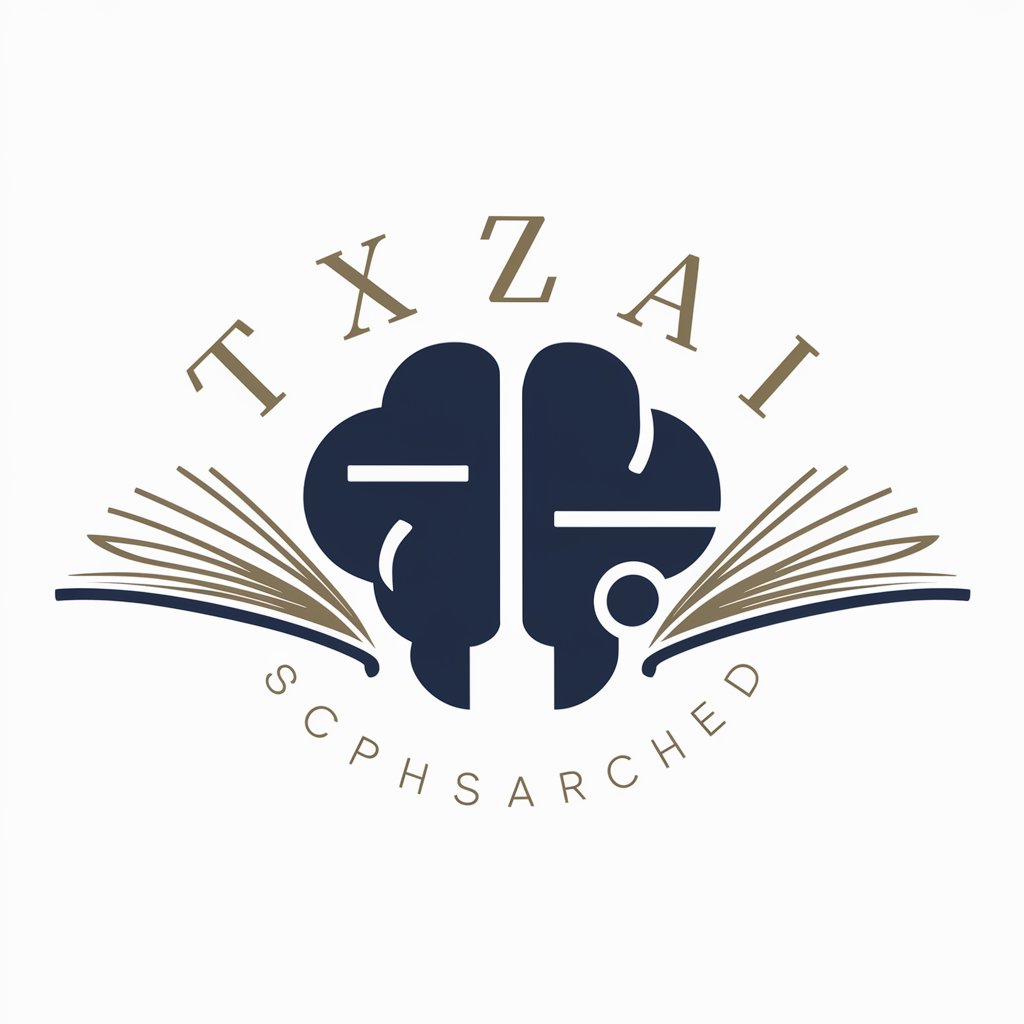
Sammy AI
Enhance Your Workflow with AI Power
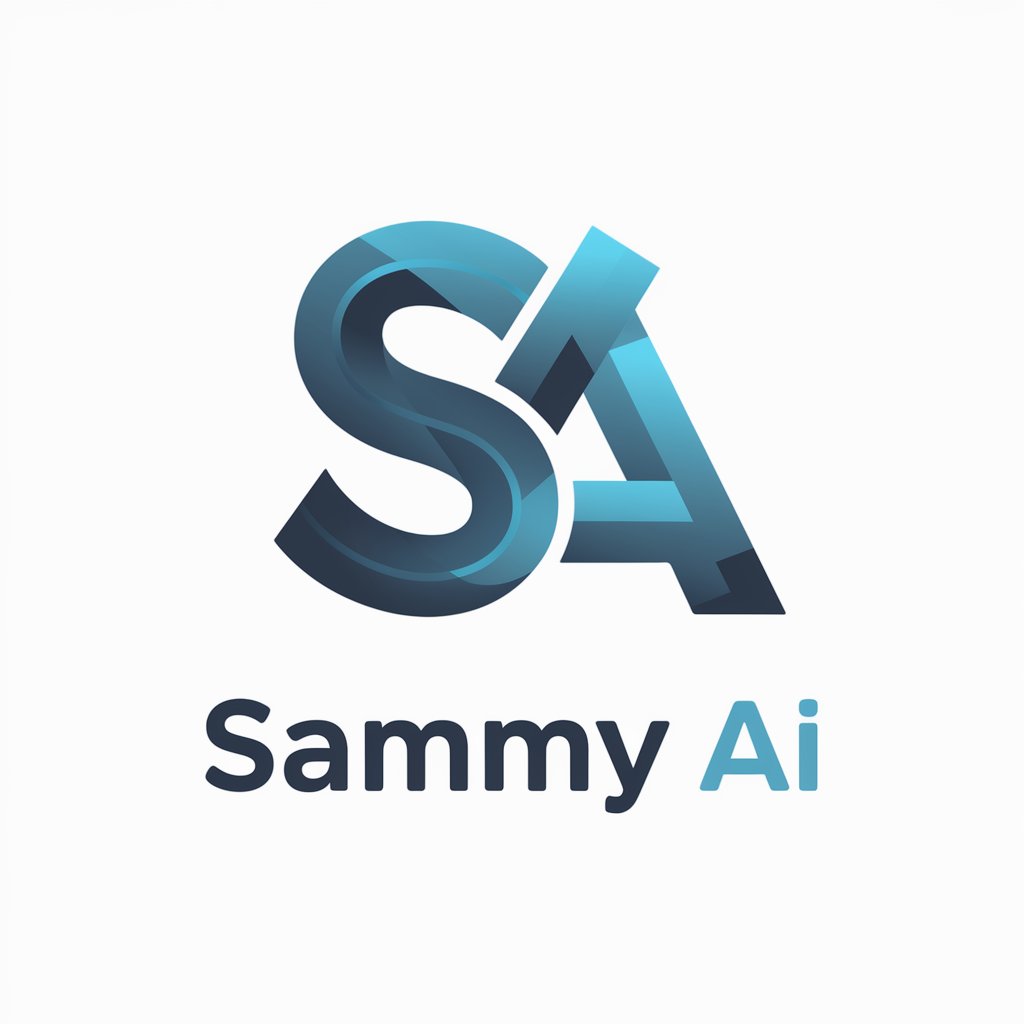
Fourier Analysis Tutor
AI-based tutor for mastering Fourier analysis.

지은하다 - 퍼스널컬러 진단
Discover Your Colors with AI

Strength Coach
Empowering Your Fitness Journey with AI

DirectGPT
Precision Answers, Powered by AI
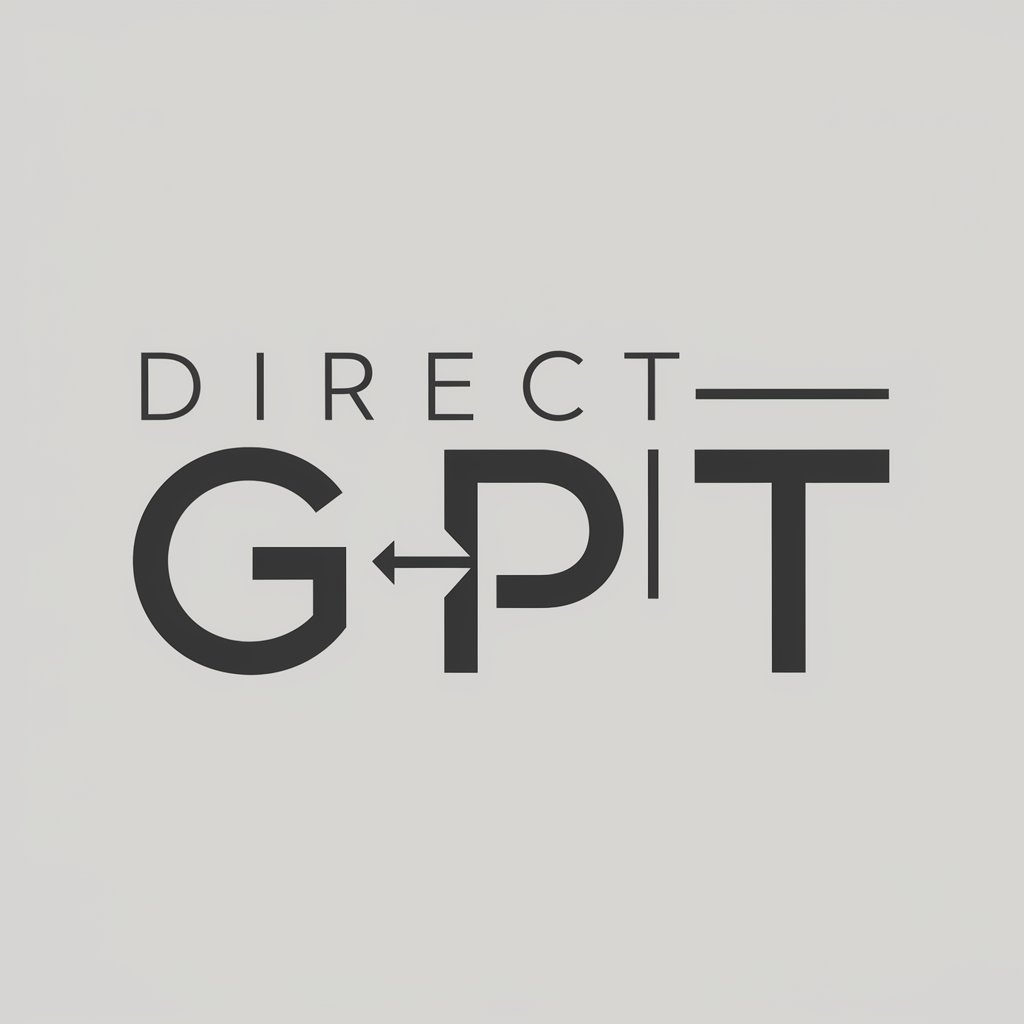
Career Guide AI
Empowering Your Career Decisions

Virtual Reality
Enhance your English skills with AI power.

Maori Image Creator
Reviving Culture Through AI Art

Frequently Asked Questions about Parse URL/HTML to JSON, XML, or CSV
What types of HTML content can be parsed with this tool?
The tool can parse any publicly accessible HTML content, including web pages, HTML files, and embedded HTML code, converting them into structured JSON, XML, or CSV formats.
Can I parse multiple URLs at one time?
Yes, the tool supports batch processing, allowing you to parse multiple URLs simultaneously to improve efficiency and reduce processing time.
How does the tool handle complex HTML structures?
The tool uses advanced parsing algorithms to navigate and extract data from complex HTML structures, ensuring high accuracy and maintaining the integrity of hierarchical data.
Is there a limit to the size of HTML content I can parse?
While there are practical limits for performance reasons, the tool is designed to handle large volumes of HTML content efficiently by segmenting and processing data in manageable parts.
How do I ensure the privacy of my data during parsing?
The tool is built with robust security measures, ensuring that all data processed remains confidential. No data is stored after the parsing session ends, maintaining privacy and security.
